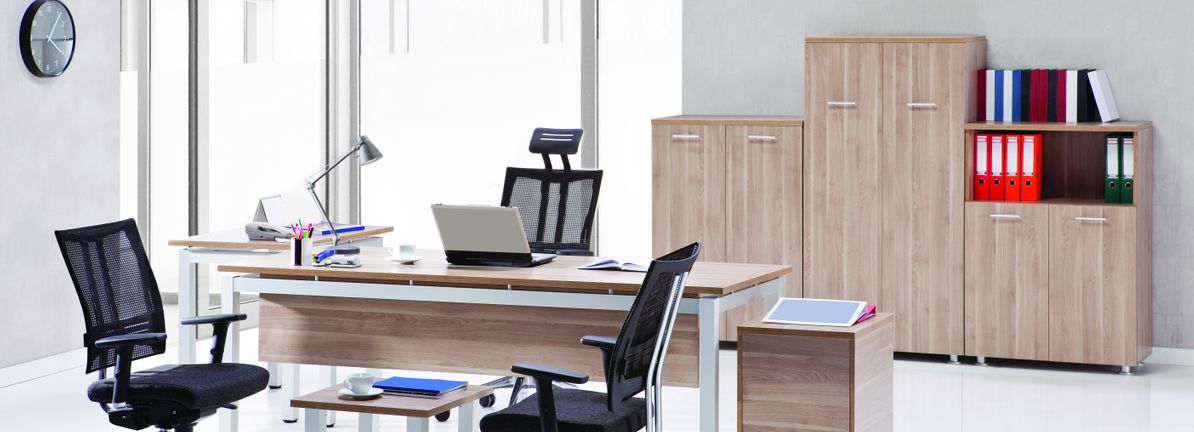Interface (TILE) posted a net profit margin of 7.1%, up from last year’s 5.2%, as earnings grew 45.4% year-over-year. This outpaced its own five-year average annual growth of 37.5%. The company has transitioned to profitability over the past five years and forecasts annual earnings growth of 10.06%, even though both top- and bottom-line growth expectations trail the wider US market averages. Margin improvement and growth, plus a price-to-earnings multiple below industry peers and nearly half some analyst estimates of fair value, have supported constructive sentiment despite growth rates lagging broader benchmarks.
See our full analysis for Interface.
Next up, we’ll see how Interface’s results measure against the latest narratives. This is where numbers meet story and expectations get tested.
See what the community is saying about Interface
-
Interface’s current share price of $24.90 sits well below its DCF fair value of $56.46, meaning the market is pricing it at less than half what discounted cash flow analysis suggests it could be worth.
-
According to analysts’ consensus view, this striking valuation gap stands out because Interface’s profit margins are expected to expand from 7.1% today to 8.5% over the next three years, with earnings rising to $133.7 million by 2028.
-
Consensus sees the company trading at a future PE ratio of 17.5x, still below the broader Commercial Services sector’s 25.7x. This implies further upside if Interface executes on its growth plan.
-
With a consensus analyst target of $32.67 (about 31% above today’s price), the valuation disconnect may signal investors are cautious about growth risks or geographic concentration, despite operational tailwinds.
-
See how analysts balance Interface’s attractive valuation with its future growth outlook in our full consensus narrative. 📊 Read the full Interface Consensus Narrative.
-
Interface has rolled out automation and robotics across U.S. manufacturing, with further expansion into Australia and Europe underway. This is expected to drive gross margin improvement even as raw material and labor costs run high.
-
Analysts’ consensus view argues that while these operational enhancements support productivity and margin gains, persistent elevated input costs could constrain net margin upside if not fully offset. This is especially relevant as competition from lower-cost global manufacturers heats up.
-
Automated production helped boost net profit margin to 7.1%, but any margin progress will need to outpace sector shifts and cost pressures to keep the bullish case alive.
-
Bears contend that sector headwinds, such as the rise of remote work dampening office renovation demand, could make it harder to sustain current profitability improvements.
-
